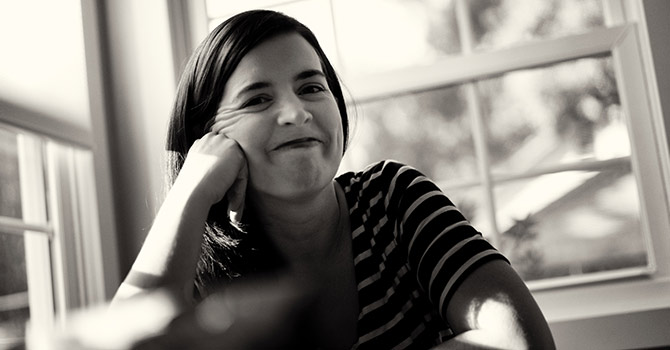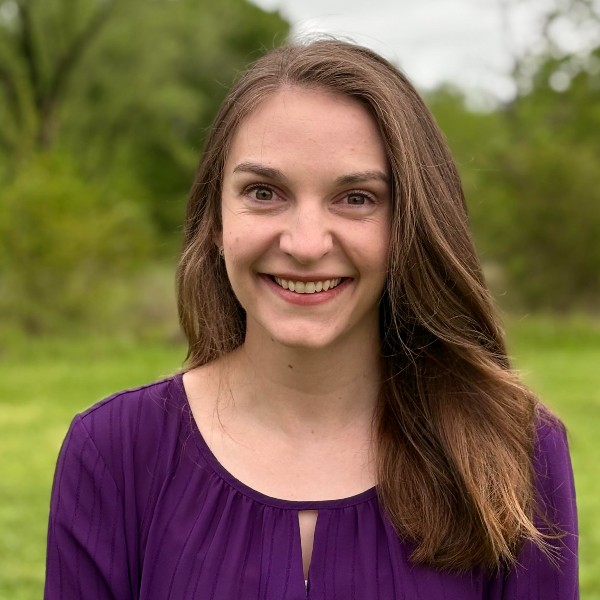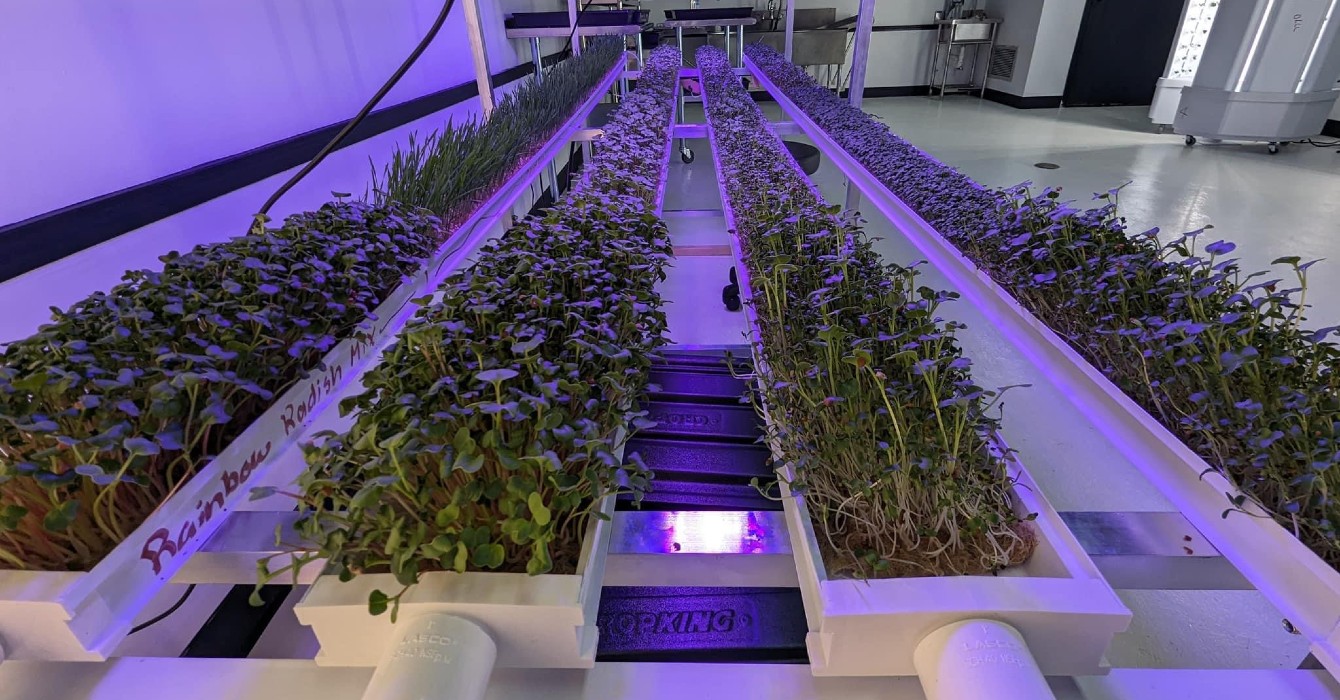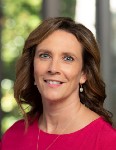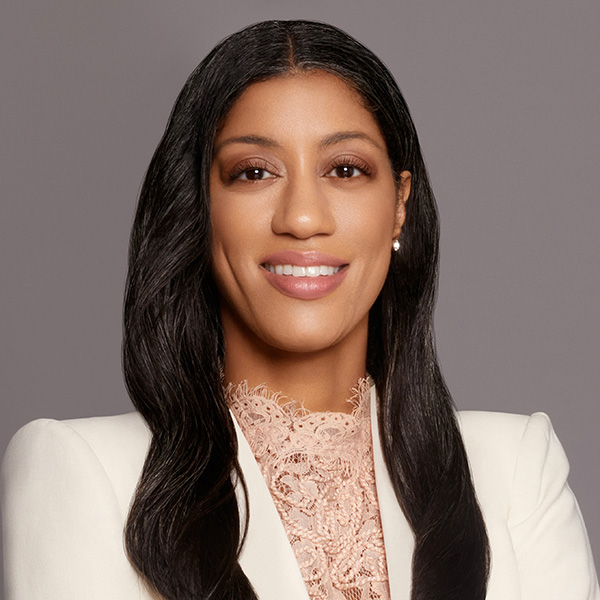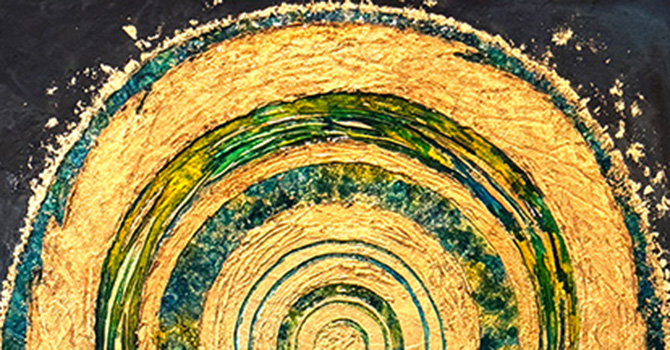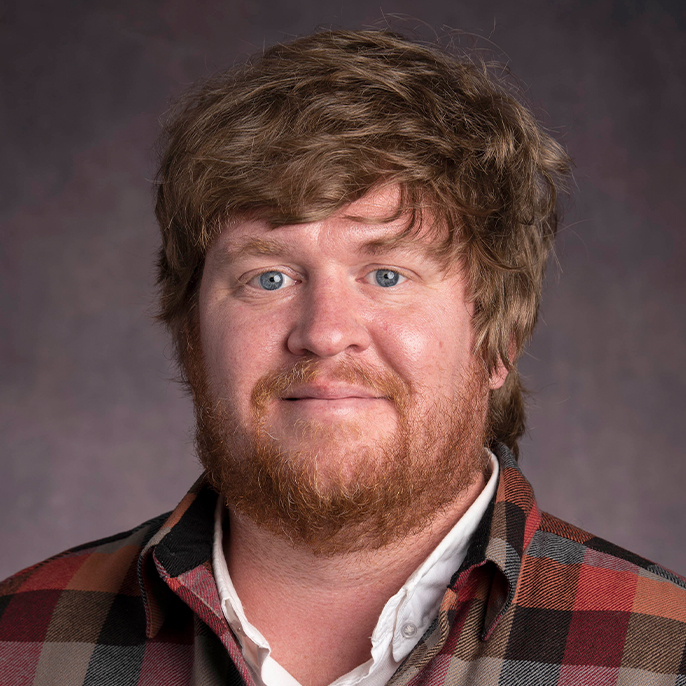Kate Bowler is an unexpected media success. Trained as a historian, she expected a career in academia. She expected a happy life with her husband and young son. She expected that God had a plan for her life “in which every setback would also be a step forward.”
But when she was diagnosed at 35 with stage 4 colon cancer, her “bright and shiny” life came undone. Suddenly, that life was in jeopardy, and all the expectations of what it would be like were gone.
In the years since, Bowler has continued to work in academia — she’s an associate professor at Duke Divinity School, specializing in the history of the prosperity gospel. She also has written two books about her experience with cancer, hosted a seven-season (and counting) podcast and established a robust presence on social media.
She has written about her experience in The New York Times, including the recent essay “One Thing I Don’t Plan to Do Before I Die Is Make a Bucket List.”
Her book “Everything Happens for a Reason: And Other Lies I’ve Loved” was a New York Times bestseller that debunked the idea that God rewards the right kind of faith and punishes those who fall short.
Bowler also created the “Everything Happens” podcast, which features warm and often funny conversations with guests such as Malcolm Gladwell, Willie Jennings and Glennon Doyle.
“I think a lot about fragility and precarity, and how we can step into the delicateness of our lives,” she said, “and then try to figure out a way to translate that into a very shiny set of mediums.
“That’s the strange challenge and also the privilege of it.”
In her new book, “No Cure for Being Human (And Other Truths I Need to Hear),” Bowler critiques the “best life now” promise of the American wellness industry. She is using the same “shiny” platforms that tout its claims to share a different message.
Bowler spoke with Faith & Leadership’s Emily Lund about why she decided to share her story the way she has, and how she has employed popular media channels as a public intellectual.
The following is a transcript of the video, lightly edited for readability.
What I hope people learn from my story
The limitations of my single life and my single pain either was going to make me narcissistic: “Oh, look how interesting my story is; let me tell you about it forever.” Or it was just going to be really lonely to be stuck in it.
And so the beauty of it is that this has given me a chance to talk to people about the things that take their lives apart and to ask, “What would it be like if we didn’t treat our lives like problems to be solved?
“What are things in our own tradition that we can reach for that make us more likely to feel loved and carried forward, to have a thicker definition of hope and courage?” That’s kind of what I’m hoping for.
The church as a place for people in pain
I sometimes found the church was a really hard place for me to be sick, because it’s always embarrassing when you’re as needy as you are. But it was also the place I needed to go.
But I used to have this army of lovely do-gooders who, even if they didn’t always have the right thing to say, always showed up, because they were just that person. So I always had those people praying for me.
I always had Roger, from my church, who was willing to show up at 4 a.m. to take me to the airport. And he did not have a single thing to say that whole ride.
So sometimes, it’s just that gift of presence that the church is better at than anyone else. So they’re kind of my favorite.
Sharing on social media
When I compare the diversity of our platforms — and I just mean places where we have conversations, like Facebook or Instagram or YouTube — it is a very different way to have to be a public intellectual than it was 20, even 10 years ago.
And I think part of the gift of this moment is that it kicks us out of the assumption that just the ideas themselves are going to do the work. In the mainline and in the academy, we’re so grateful for long-form thought that sometimes we think, like, “Oh, nailed it. This will surely go out to the masses.”
I have found that the market and trying to learn how to have these conversations on social media has been a real humbler for me. Because I’m not naturally good at it. And also I have to learn how to break down, “What do I really want people to be having in this conversation?” into smaller, but very intelligible, bites.
And so when I think of all these platforms, what I really think is, “What is the main conversation that I get the privilege of being a part of because of my vantage point?”
It is so funny to be doing anti-Instagram theology, anti-Your life is going to be good, better, best. Best life now! You can have a presentation of your life that somehow matches a set of deep virtues you’re supposed to have: “Oh look, I’m beautiful, posing in front of a sign that says ‘Kindness’!”
It’s just wild. Right?
And trying to not lie to people in our personal lives, in our self-presentation — that’s hard work right now.
I think the most fun part is to be able to just talk about the same themes. So we do that with the podcast a lot. With “Everything Happens,” the podcast, we just think: “OK, what we’re about is interdependence, beauty, love; we want to model humility.”
But we tend to have the same themes. So those kind of help anchor the project, this whole team that gets to work on these conversations.
In my life, I am someone who has not been able to work my way out of suffering. It just keeps happening.
And because of that, I think a lot about fragility and precarity, and how we can step into the delicateness of our lives, and then try to figure out a way to translate that into a very shiny set of mediums.
That’s the strange challenge and also the privilege of it.
A podcast is a very weird medium, because it’s surprisingly intimate. People hear you, even your weird NPR saliva sounds, and they’re like, “Oh my gosh, we know each other.”
And it creates a very strange and wonderful bond, where people listen in on what feels like a very private conversation. And then you get an incredible sense of togetherness. And that has been a wonderful community to love.
But trying to figure out how to serve each audience is so different. Everyone kind of seems to want a different voice even for the same message.
And I think it’s just a weird work of discernment to figure out what — and this is true of churches and places and neighborhoods and congregations — what group is yours to serve, how to do that with the thing that most closely aligns with your abilities and energies and resources, and then what stuff to just let go.
I think just trying to figure out how to serve the actual people we’re entrusted with requires that we be open to the platforms or the ways of communication that they already use.
Some people just want email, and they should have email for the rest of their lives!
But we don’t have to accept a hyperfuturism in order to be really faithfully serving the people that we have now. We just have to know every generation faces some kind of deep insecurity about the media that they’ve been given.
It’s OK to not be sure how people want to communicate as long as you’re willing to be consistently curious and just willing to slowly and carefully consider what your choices are.
Our lives are never ‘finished’
That’s why Jesus swore he’s going to come back. He was like, “This whole thing isn’t over.”
And therefore, we live in the not-yetness of this world, the not-yetness of our lives. And lots of times, the better we do at this whole thing, the harder it gets to leave.
We’ve created all these gorgeous, indebted relationships. We’re never going to look at our family members or our friends and be like, “All good, thanks. I feel wrapped up on that one.”
So I think that’s part of why we’re consistently challenged by our faith to accept the fact that this whole project is going to take a lot of courage. And it’s certainly going to be very countercultural to say there’s no such thing as a “finished” life.


